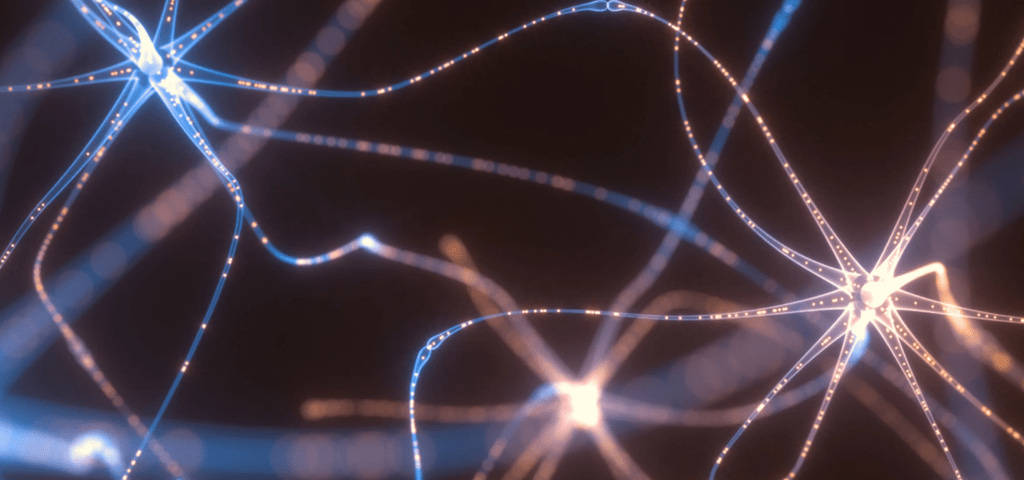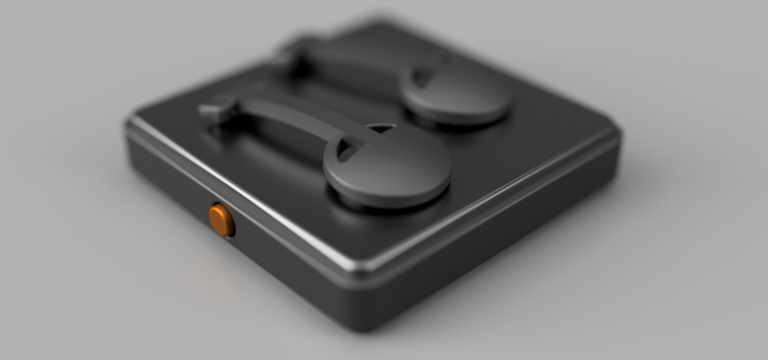Neuromodulation has a long history that dates back to ancient civilizations. In 3200 BC, women in Egypt wore earrings as a means of contraception. In 500 BC, the link between the ear and the body was established in China, with the identification of 6 meridians.
The first recorded instance of neurostimulation occurred in 15 AD, when the ancient Romans used electric eels to treat headaches. In the 2nd century, Galen introduced ear scarification as a treatment for sexual disorders.
It wasn’t until the late 19th century that the first vagus nerve stimulator (VNS) was developed by James Corning to treat epilepsy. In 1988, the first VNS implant was used in an epilepsy patient, and in 1997, the VNS was approved by the FDA for the treatment of refractory epilepsy.
In 2005, the VNS received FDA approval for the treatment of resistant chronic depression, and in 2010, non-invasive VNS (nVNS) was approved in Europe for the treatment of refractory epilepsy and resistant chronic depression. The following year, nVNS received approval in Europe for the treatment of pain.
By 2013, there were 100,000 VNS stimulators for epilepsy and 4,000 for depression implanted worldwide. In 2015, nVNS received European approval for the treatment of a wide range of conditions, including headaches, primary headaches, migraines, cluster headaches, asthma, anxiety, PTSD, IBS, gastroparesia, ADHD, and obesity.
In 2017, the FDA approved nVNS for the treatment of migraines and cluster headaches. And in 2018, the first patient in Canada (Halifax) was hospitalized to receive nVNS stimulation.
Today, neuromodulation is a well-established treatment option for a variety of conditions, with numerous studies demonstrating its effectiveness in managing a range of mental and physical health issues.







